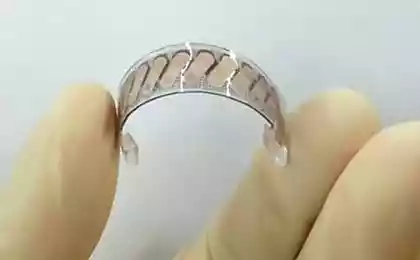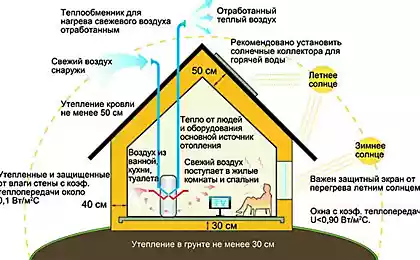449
Wearable electronics could be powered from the energy of body heat
Wearable electronics is likely to be the inevitable development of mobile devices. Devices such as Google Glass, smart watches and fitness trackers now are the bright representatives of this new wave of personal gadgets. But what if, instead of the daily charging of such devices, they could feed on the energy from the simple wear?
A team of researchers from the Korean advanced Institute of science and technology (Korean Advanced Institute of Science and Technology — KAIST) has developed an ultra-thin, flexible and wearable technology that can bring our idea into reality. What makes this thermoelectric technology to stand out among other projects is the ability to be flexible and to have high output power when other developments might offer only one of these advantages.

The KAIST Institute reports that this technology, which consists of a thermoelectric generator printed on a thin fiberglass using a technique of screen printing, and has a ten times greater power output compared to similar developments. The fiberglass acts as both the upper and lower substrates, saving the device from excess weight and allowing the generator to have a higher power output.
At the Institute, KAIST, explained: “When using KAIST generator (which is just 10 cm x 10 cm) for devices in the form of wearable bracelets, it will produce about 40 mW of electricity using the temperature difference of 31 ° f between the warm human skin and ambient air temperature.”
Our technology is a lightweight and simple way of making an extremely flexible, lightweight and high-performance generator. We hope that this technology will find further applications in large-scale applications such as cars, factories, airplanes, and marine vessels, where an abundance of wasted a lot of thermal energy,” according to lead researcher of the project, Professor Ben Jin Cho (Byung Jin Cho).
It is not a question of tomorrow, but in the not too distant future, we may no longer have to charge our personal mobile device.
Source: aenergy.ru
The Chechen inventor is ready to solve the problem of energy of the Republic of
SolarCity launches unique solar service in Nevada























